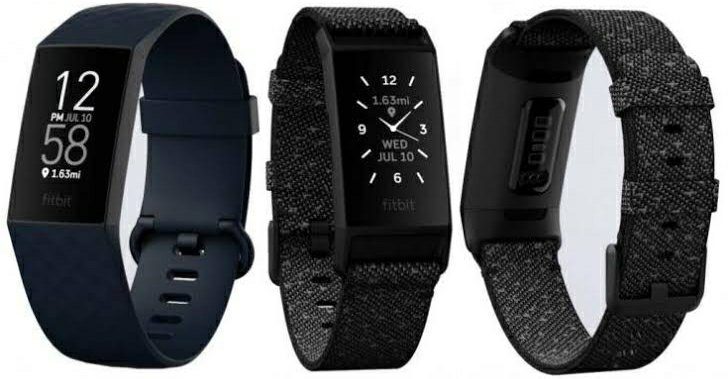Blood Oxygen monitoring or SpO2 is a big breakthrough function for Fitbit users. The major wearables Fitbit Versa, Versa Lite, Versa 2, Ionic, Charge 3 & now the new Charge 4 support it. the first trial of the blood oxygen saturation was taken in 2015 on Fitbit but it postponed. Later, Fitbit promised to bring it on Fitbit Ionic smartwatch, and again, it missed launch date. Finally, in January this year, the company officially released it on five wearables. With the surfaces of the SpO2, many users can track their blood from their wrist, and work on it to improve your health.
Now, the new Fitbit Charge 4 comes pre-installed with SpO2 that we have seen on Honor Band 5, Huawei Band 4 Pro, and other Bands. In the COVID-19 pandemic, more users have become fitness consciousness. The company has also offered free 3 months premium membership for the new users, so they could stay active at home. Blood oxygen monitoring can make a major part in your health & fitness. it is the reason, Fitbit has hard-worked to launch it that still, Apple doesn’t get on Apple Watch. To track the blood test, learn how to track blood oxygen monitoring or SpO2 on Fitbit Charge 3 & Charge 4.
Blood Oxygen monitoring on Fitbit Charge 3 & Charge 4

1. Wear the Fitbit Charge 3 or Charge 4 tightly on your wrist
2. Scroll down on the main screen
3. Open Today tab
4. Go to Health & Fitness stats
5. You will see Sleep option. Go in it
6. Here is the Blood Oxygen Variation
7. It categorized in Big & Small
8. Your value should be below Big to stay healthy
When you get the data above the big variation, then you should take care. The data will be provided in the chart that shows how much variation occurred in the hours while in your sleep. It gives you accurate results about the oxygen in your body, and how it flowing via the bloodstream. The company has warned that the data is only for personal use and not for medical purpose. Before going with any results, you should contact your personal doctor.

